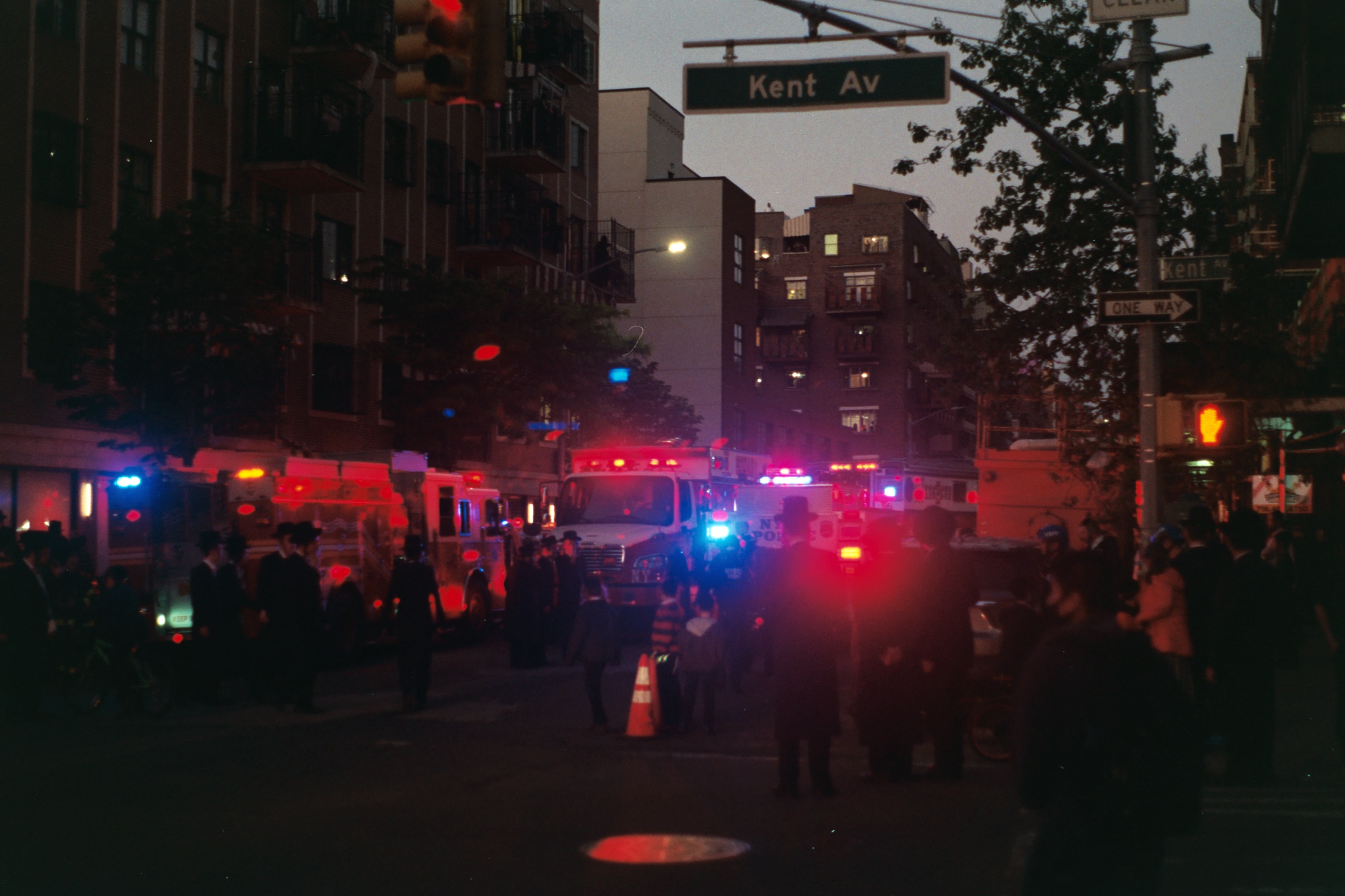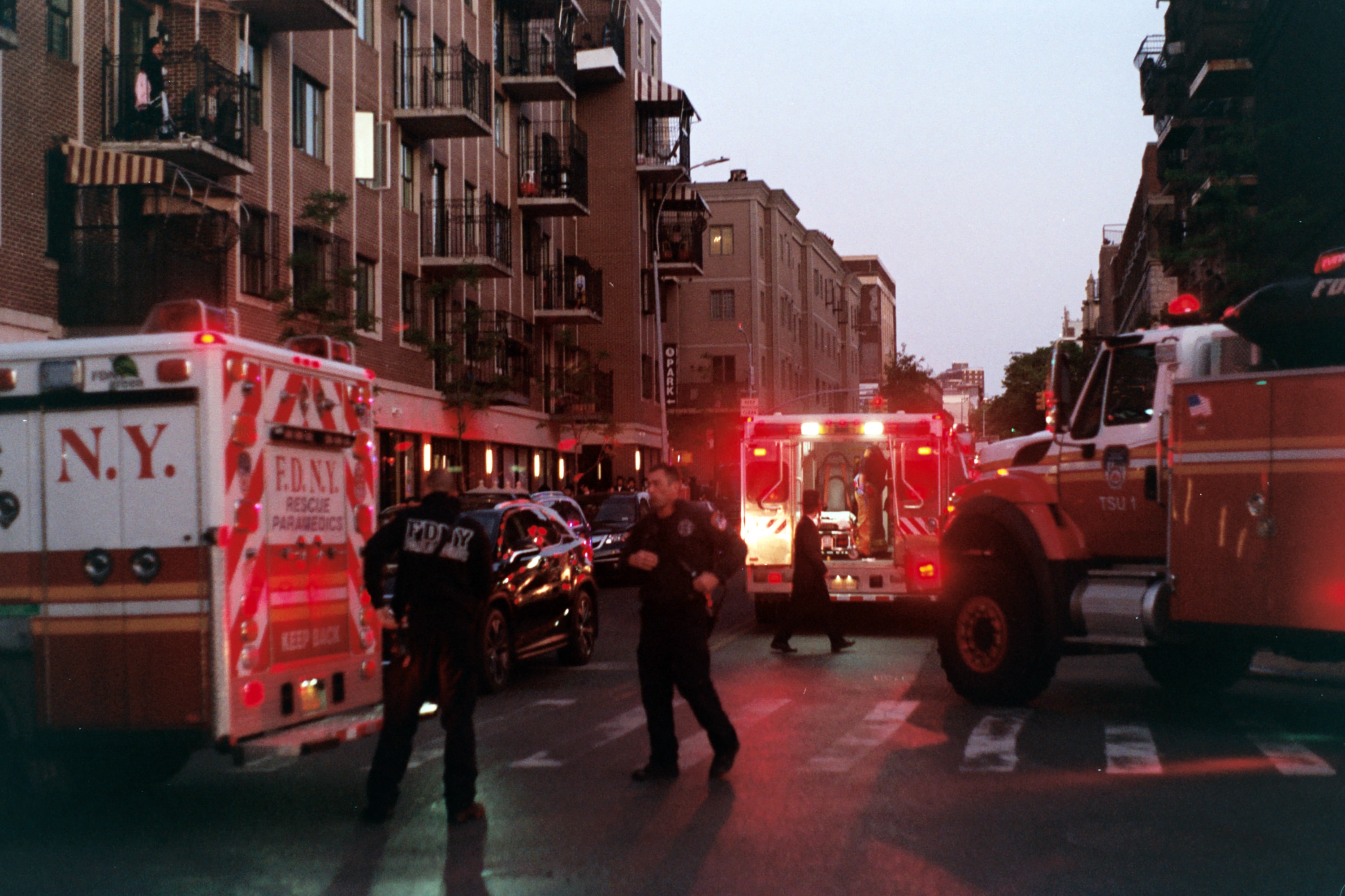There are various ways that emergency personnel can put innocent people at risk when operating emergency vehicles.
The people of New York and New York City heavily rely on emergency services such as police, paramedics, fire-fighters, etc. These individuals in emergency services help keep the general public safe and come to our rescue in a time of need. Despite the heroic efforts of many of these professionals, they do not always succeed. Sometimes individuals in emergency services fall short and cause people of the public significant harm on the roadways of New York. Unfortunately, there are people who are seriously injured or wrongfully killed in collisions with emergency vehicles in NYC, and sometimes the first responder is the negligent party.
New York Car accident lawyers know how tricky this area of the law can be, and how difficult these cases are. It is difficult because we are conditioned from a young age to slow down and yield to emergency vehicles such as police cars, ambulances, fire trucks, or other first responder vehicles. Now that we are grown adults, we know that an emergency vehicle can appear out of nowhere and cause an accident or present a hazard to motorists. Most of the time as motorists, we only catch a glimpse of the emergency vehicle as they are traveling very fast and weaving through traffic to make it to an emergency situation. First responders are not perfect beings, and sometimes they fail to follow the law. When this occurs, innocent people are put in the way of serious harm.
Ways First Responders Can Put People at Risk
There are various ways that emergency personnel can put innocent people at risk when operating emergency vehicles. Sometimes these end tragically with serious if not fatal injuries being inflicted. Of course, it is the job of the first responder to reach the scene of the emergency as fast as possible. This requires them to drive above the speed limit, blow stop signs and red lights, and take shortcuts that could be dangerous. Sometimes first responders have to jump curbs or even drive the opposite way of traffic.
The New York Vehicle and Traffic laws allow emergency vehicles to operate in this way, and also allows first responders to engage in other conduct that a normal citizen would otherwise be prohibited from doing. An example of this would be that first responders are allowed to use their cell phones while driving, whereas regular citizens are not. This is a perfect example of how first responders can expose us to unnecessary harm.
There are regulations that emergency personnel must follow when operating an emergency vehicle. Police cars, ambulances, fire trucks, and other emergency vehicles must use emergency lights and sirens when breaking traffic laws such as speeding. The lights and sirens are used to notify the upcoming motorists that they need to yield and make room for the emergency vehicle. Sometimes this doesn’t happen and thus it could result in a serious collision with an emergency vehicle in NYC.
New York Vehicle and Traffic Laws for Emergency Vehicles
Section 1144 of the New York Vehicle and Traffic Laws handles breaking traffic, or when it is deemed necessary for an emergency vehicle to break certain traffic laws. This includes when they can exceed the speed limit when they can cut through traffic and other stipulations concerning traffic control devices. In order for an emergency vehicle to break traffic, they must have the following activated:

- Emergency lights
- Emergency sirens
Both must be activated. If one of them is not activated, they are not following vehicle and traffic laws. This is for visual and audible warnings for surrounding pedestrians and motorists. No matter what the weather, or time of day, the surrounding people should be able to either see the emergency lights or hear the emergency siren. This ensures that those around them are aware.
What Happens When an Emergency Vehicle Only Has Their Lights On?
In New York City, if a motorist collides with an emergency vehicle that doesn’t have either its lights or sirens on, the department or municipality is likely to be held liable. Therefore, the police officer, the department, and the municipality can be held responsible for an injured victim’s damages. This is due to the doctrine of respondeat superior, which holds municipalities responsible for their employee’s actions.
How Do I Prove Liability in A Collision with An Emergency Vehicle?
The path to proving liability in these types of cases is tricky. New York car accident lawyers understand that they must prove that the emergency vehicle did not have either its lights or sirens on. These days, it can be pretty straightforward in cases pertaining to police vehicles because a lot of them have computing devices better known as a “black box”. This black box will have recorded whether or not both of the emergency signals were activated.
However, this is not always true, as most times victims will have to rely on their own testimonies and observations which can be discredited in court. This is also difficult because most jurors are taught from a young age that first responders are trustworthy kinds of people.
The victim’s testimonies, however, are not hopeless. Other motorists could have witnessed the accident, as well as pedestrians and other bystanders. There are also surveillance cameras in businesses sometimes. These can both be very useful in proving that the first responder driving the emergency vehicle is liable.
Is It Necessary for Me to Prove My Collision with An Emergency Vehicle in NYC Beyond a Reasonable Doubt?
New York Law dictates that victims of collisions with emergency vehicles only have to prove their case by a preponderance of the evidence. Beyond a reasonable doubt is usually reserved for criminal cases and requires almost 100% confidence level in the assigned liability. A preponderance of the evidence requires that the victim only prove that the evidence shows they are more than 51% correct.


Join the conversation!